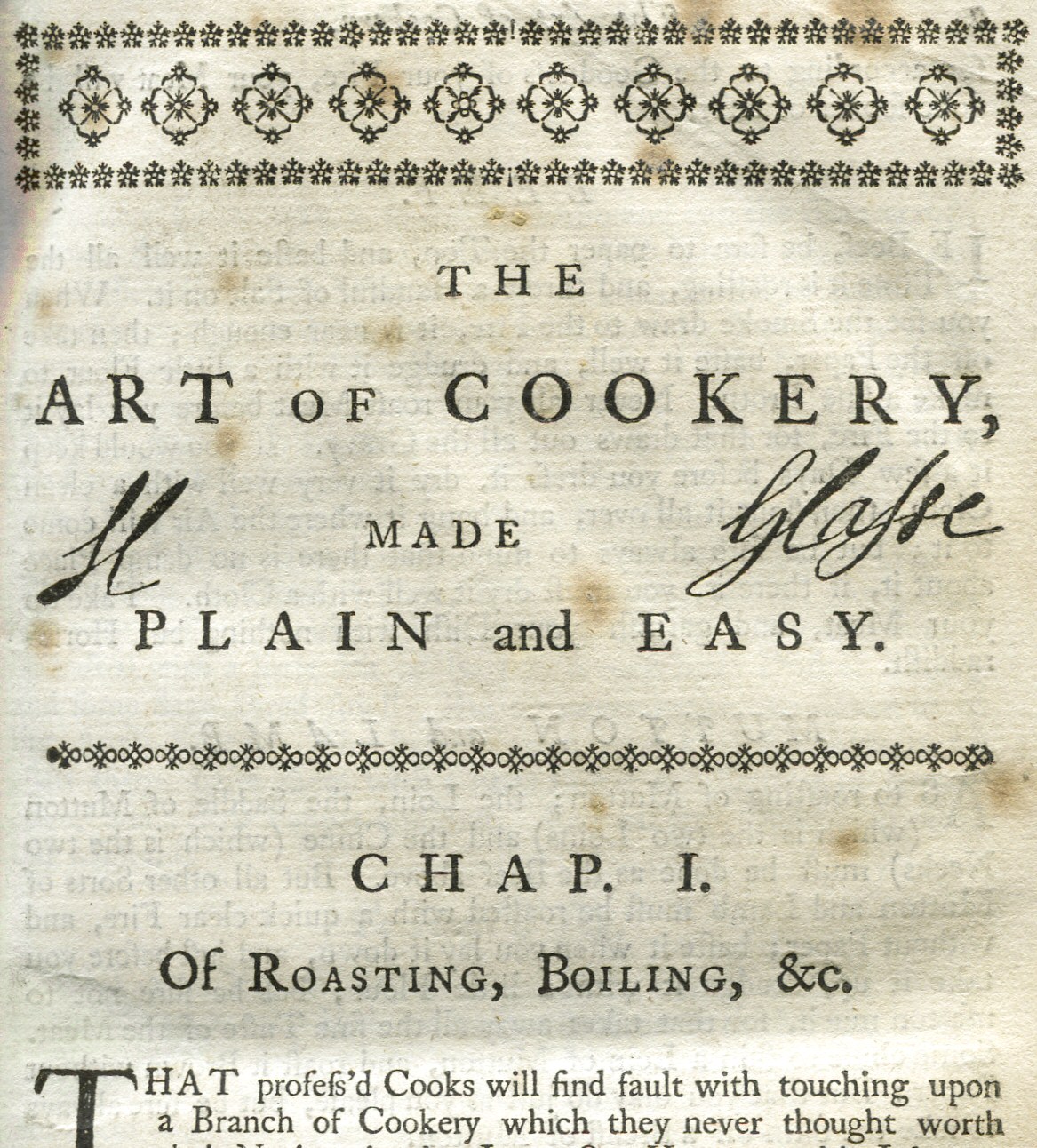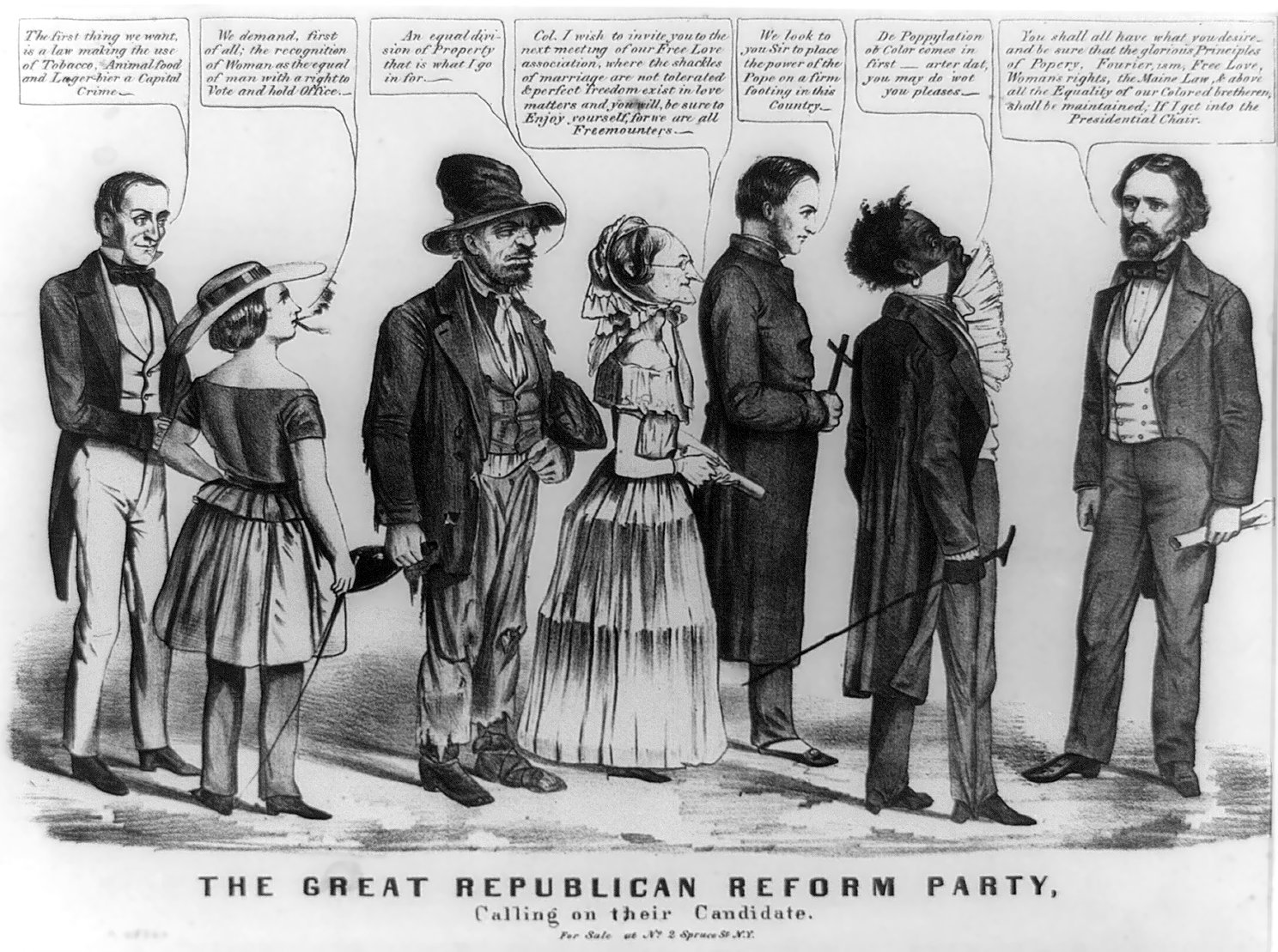|
Aleksey Shchusev
Alexey Victorovich Shchusev (academic spelling), german: Schtschussew, french: Chtchoussev, pl, Szchusiew. (russian: Алексе́й Ви́кторович Щу́сев; – 24 May 1949) was a Russian and Soviet architect who was successful during three consecutive epochs of Russian architecture – Art Nouveau (broadly construed), Constructivism, and Stalinist architecture, being one of the few Russian architects to be celebrated under both the Romanovs and the communists, becoming the most decorated architect in terms of Stalin prizes awarded. In the 1900s, Shchusev established himself as a church architect, and developed his proto-modernist style, which blended Art Nouveau with Russian Revival architecture. Immediately before and during World War I he designed and built railway stations for the von Meck family, notably the Kazansky Rail Terminal in Moscow. After the October Revolution, Shchusev pragmatically supported the Bolsheviks, and was rewarded with the contrac ... [...More Info...] [...Related Items...] OR: [Wikipedia] [Google] [Baidu] |
Chișinău
Chișinău ( , , ), also known as Kishinev (russian: Кишинёв, r=Kishinjóv ), is the Capital city, capital and largest city of the Republic of Moldova. The city is Moldova's main industrial and commercial center, and is located in the middle of the country, on the river Bîc River, Bâc, a tributary of the Dniester. According to the results of the 2014 Moldovan census, 2014 census, the city proper had a population of 532,513, while the population of the Municipality of Chișinău (which includes the city itself and other nearby communities) was 700,000. Chișinău is the most economically prosperous locality in Moldova and its largest transportation hub. Nearly a third of Moldova's population lives in the metro area. Etymology The origin of the city's name is unclear. A theory suggests that the name may come from the archaism, archaic Romanian word ''chișla'' (meaning "spring", "source of water") and ''nouă'' ("new"), because it was built around a small spring, at the ... [...More Info...] [...Related Items...] OR: [Wikipedia] [Google] [Baidu] |
October Revolution
The October Revolution,. officially known as the Great October Socialist Revolution. in the Soviet Union, also known as the Bolshevik Revolution, was a revolution in Russia led by the Bolshevik Party of Vladimir Lenin that was a key moment in the larger Russian Revolution of 1917–1923. It was the second revolutionary change of government in Russia in 1917. It took place through an armed insurrection in Petrograd (now Saint Petersburg) on . It was the precipitating event of the Russian Civil War. The October Revolution followed and capitalized on the February Revolution earlier that year, which had overthrown the Tsarist autocracy, resulting in a liberal provisional government. The provisional government had taken power after being proclaimed by Grand Duke Michael, Tsar Nicholas II's younger brother, who declined to take power after the Tsar stepped down. During this time, urban workers began to organize into councils (soviets) wherein revolutionaries criticized the pro ... [...More Info...] [...Related Items...] OR: [Wikipedia] [Google] [Baidu] |
Saint Petersburg
Saint Petersburg ( rus, links=no, Санкт-Петербург, a=Ru-Sankt Peterburg Leningrad Petrograd Piter.ogg, r=Sankt-Peterburg, p=ˈsankt pʲɪtʲɪrˈburk), formerly known as Petrograd (1914–1924) and later Leningrad (1924–1991), is the second-largest city in Russia. It is situated on the Neva River, at the head of the Gulf of Finland on the Baltic Sea, with a population of roughly 5.4 million residents. Saint Petersburg is the fourth-most populous city in Europe after Istanbul, Moscow and London, the most populous city on the Baltic Sea, and the world's northernmost city of more than 1 million residents. As Russia's Imperial capital, and a historically strategic port, it is governed as a federal city. The city was founded by Tsar Peter the Great on 27 May 1703 on the site of a captured Swedish fortress, and was named after apostle Saint Peter. In Russia, Saint Petersburg is historically and culturally associated with t ... [...More Info...] [...Related Items...] OR: [Wikipedia] [Google] [Baidu] |
Structural Engineer
Structural engineers analyze, design, plan, and research structural components and structural systems to achieve design goals and ensure the safety and comfort of users or occupants. Their work takes account mainly of safety, technical, economic, and environmental concerns, but they may also consider aesthetic and social factors. Structural engineering is usually considered a specialty discipline within civil engineering, but it can also be studied in its own right. In the United States, most practicing structural engineers are currently licensed as civil engineers, but the situation varies from state to state. Some states have a separate license for structural engineers who are required to design special or high-risk structures such as schools, hospitals, or skyscrapers. In the United Kingdom, most structural engineers in the building industry are members of the Institution of Structural Engineers or the Institution of Civil Engineers. Typical structures designed by a structur ... [...More Info...] [...Related Items...] OR: [Wikipedia] [Google] [Baidu] |
Higher Education
Higher education is tertiary education leading to award of an academic degree. Higher education, also called post-secondary education, third-level or tertiary education, is an optional final stage of formal learning that occurs after completion of secondary education. It represents levels 6, 7 and 8 of the 2011 version of the International Standard Classification of Education structure. Tertiary education at a non-degree level is sometimes referred to as further education or continuing education as distinct from higher education. The right of access to higher education The right of access to higher education is mentioned in a number of international human rights instruments. The UN International Covenant on Economic, Social and Cultural Rights of 1966 declares, in Article 13, that "higher education shall be made equally accessible to all, on the basis of capacity, by every appropriate means, and in particular by the progressive introduction of free education". In Europe, Ar ... [...More Info...] [...Related Items...] OR: [Wikipedia] [Google] [Baidu] |
Gymnasium (school)
''Gymnasium'' (and variations of the word) is a term in various European languages for a secondary school that prepares students for higher education at a university. It is comparable to the US English term '' preparatory high school''. Before the 20th century, the gymnasium system was a widespread feature of educational systems throughout many European countries. The word (), from Greek () 'naked' or 'nude', was first used in Ancient Greece, in the sense of a place for both physical and intellectual education of young men. The latter meaning of a place of intellectual education persisted in many European languages (including Albanian, Bulgarian, Estonian, Greek, German, Hungarian, the Scandinavian languages, Dutch, Polish, Czech, Serbo-Croatian, Macedonian, Slovak, Slovenian and Russian), whereas in other languages, like English (''gymnasium'', ''gym'') and Spanish (''gimnasio''), the former meaning of a place for physical education was retained. School structure Be ... [...More Info...] [...Related Items...] OR: [Wikipedia] [Google] [Baidu] |
Moldova
Moldova ( , ; ), officially the Republic of Moldova ( ro, Republica Moldova), is a Landlocked country, landlocked country in Eastern Europe. It is bordered by Romania to the west and Ukraine to the north, east, and south. The List of states with limited recognition, unrecognised state of Transnistria lies across the Dniester river on the country's eastern border with Ukraine. Moldova's Capital city, capital and largest city is Chișinău. Most of Moldovan territory was a part of the Principality of Moldavia from the 14th century until 1812, when it was Treaty of Bucharest (1812), ceded to the Russian Empire by the Ottoman Empire (to which Moldavia was a Vassal state of the Ottoman Empire, vassal state) and became known as Bessarabia. In 1856, southern Bessarabia was returned to Moldavia, which three years later united with Wallachia to form United Principalities, Romania, but Russian rule was restored over the whole of the region in 1878. During the 1917 Russian Revolution, B ... [...More Info...] [...Related Items...] OR: [Wikipedia] [Google] [Baidu] |
Exploitation Of Labour
Exploitation of labour (also known as labor) is a concept defined as, in its broadest sense, one agent taking unfair advantage of another agent. It denotes an unjust social relationship based on an asymmetry of power or unequal exchange of value between workers and their employers. When speaking about exploitation, there is a direct affiliation with consumption in social theory and traditionally this would label exploitation as unfairly taking advantage of another person because of their inferior position, giving the exploiter the power.Dowding, Keith (2011). "Exploitation". ''Encyclopedia of Power''. SAGE Publications. pp. 232–235. . Karl Marx's theory of exploitation has been described in the '' Stanford Encyclopedia of Philosophy'' as the most influential theory of exploitation. In analyzing exploitation, economists are split on the explanation of the exploitation of labour given by Marx and Adam Smith. Smith did not see exploitation as an inherent systematic phenomenon in spec ... [...More Info...] [...Related Items...] OR: [Wikipedia] [Google] [Baidu] |
Plagiarism
Plagiarism is the fraudulent representation of another person's language, thoughts, ideas, or expressions as one's own original work.From the 1995 '' Random House Compact Unabridged Dictionary'': use or close imitation of the language and thoughts of another author and the representation of them as one's own original work qtd. in From the Oxford English Dictionary: The action or practice of taking someone else's work, idea, etc., and passing it off as one's own; literary theft. While precise definitions vary, depending on the institution, such representations are generally considered to violate academic integrity and journalistic ethics as well as social norms of learning, teaching, research, fairness, respect and responsibility in many cultures. It is subject to sanctions such as penalties, suspension, expulsion from school or work, substantial fines and even imprisonment. Plagiarism is typically not in itself a crime, but like counterfeiting, fraud can be punished in a court f ... [...More Info...] [...Related Items...] OR: [Wikipedia] [Google] [Baidu] |
Smear Campaign
A smear campaign, also referred to as a smear tactic or simply a smear, is an effort to damage or call into question someone's reputation, by propounding negative propaganda. It makes use of discrediting tactics. It can be applied to individuals or groups. Common targets are public officials, politicians, political candidates, activists and ex-spouses. The term also applies in other contexts such as the workplace.Jay C. Thomas, Michel Hersen (2002) Handbook of Mental Health in the Workplace The term ''smear campaign'' became popular around 1936. Definition A smear campaign is an intentional, premeditated effort to undermine an individual's or group's reputation, credibility, and character. Like negative campaigning, most often smear campaigns target government officials, politicians, political candidates, and other public figures. However, private persons or groups may also become targets of smear campaigns perpetrated in companies, institutions, the legal system, and other ... [...More Info...] [...Related Items...] OR: [Wikipedia] [Google] [Baidu] |
Historicism (art)
Historicism or historism (german: Historismus) comprises artistic styles that draw their inspiration from recreating historic styles or imitating the work of historic artisans. Lucie-Smith, Edward. ''The Thames and Hudson Dictionary of Art Terms''. London: Thames & Hudson, 1988, p. 100. This is especially prevalent in architecture, such as Revival architecture. Through a combination of different styles or implementation of new elements, historicism can create completely different aesthetics than former styles. Thus, it offers a great variety of possible designs. Overview In the history of art, after Neoclassicism which in the Romantic era could itself be considered a historicist movement, the 19th century included a new historicist phase characterized by an interpretation not only of Greek and Roman classicism, but also of succeeding stylistic eras, which were increasingly respected. In particular in architecture and in the genre of history painting, in which historical subj ... [...More Info...] [...Related Items...] OR: [Wikipedia] [Google] [Baidu] |
.jpg)






